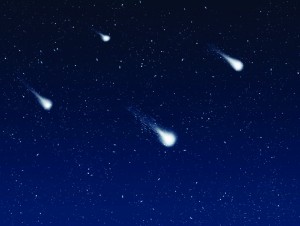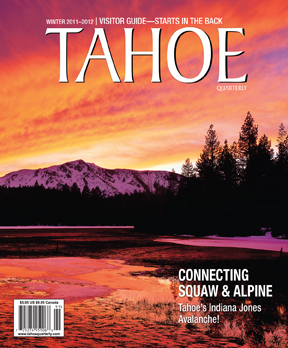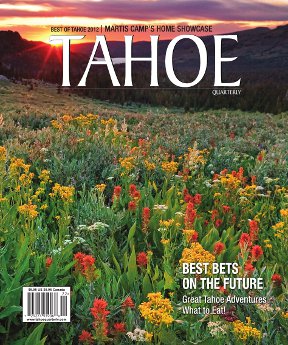Kissed by Falling Stars
T.S. Eliot’s character, Prufrock, measured out his life in coffee spoons. I’ve been measuring mine in meteor showers.
My husband and I waited for last summer’s Perseids’ rain of fire ensconced on lawn chairs outside our home in the foothills of the Sierra. As we searched the sky for the first wondrous flashes, I thought back to earlier meteor displays I have witnessed.
My first encounter was as a scrawny nine-year-old, thrust into the hands of camp counselors. One night, these intrepid souls marched about 20 prepubescent girls up a dark Tahoe trail for a closer look at the heavens. (As I recall, The Lake in daylight held far more interest than clambering around boulders in the dark.) At the appointed time, our guides produced from their knapsacks tin cans, whose bottoms had been pierced with nail holes, that supposedly approximated the constellations.
There may have been a resemblance. What I recall is that this was the night art and science clashed in the same small person. Flashlights upended in the cans created configurations that, according to our counselors, looked like Cassiopeia and the Big Dipper. To me, they looked like nail holes.
”I see it!” my campmates shouted, while I, frustrated, saw nothing. I saw the passion of stars. As a child, I also witnessed the Perseid meteor shower from my grandmother’s cottage on the Ottawa River in Canada. Fortunately for my growth as a writer, she simply let me enjoy the show, no constellation identification necessary.
Years later, the desire to share the annual astral miracle prompted me to awaken my son late one night. While his younger sisters slept, the two of us lay on a picnic table and stared into the night sky. When he threatened to fall asleep, unimpressed by what the heavens had to offer, I prodded him. To be 12 is to be already out of reach, as untouchable as a falling star. That night I quit foisting miracles on others, which for them never materialized.
How desire confuses love!
In the late l980s, I share an Arizona sky with a friend who has retreated to the desert, gone in search of the artist she once was, her work haunted by heartache. The beauty of the harsh landscape, the broad expanse of sky beyond sky, suits her. Lying on great granite boulders, cloaked by desert blackness, we stare into the heavens and speak of shared wounds. Together, we wonder at loss. And know the solace of stars. Do cows watch stars? To ask that question is to be that distraught nineyear- old, not yet knowing that illumination is the work of poets, the universe the canvas of memory. To imagine placid bovines regarding the skies, warm breath punctuating the night, is to enter the realm of imagination. This August, in the company of my supernova, I gaze once again into the darkness. Fifty years later and I still cannot locate Cassiopeia. My husband is patient. His scholarly explanations devolve into child-like discourse. “You see the W?”
I do not see the W. Instead I see what looks like a kite with a tail. Could that be it? He bends light in an effort to make me see.
Some information is not retained. Ah, but meteor as memory, that flames bright. Those shooting stars from childhood, from my child’s childhood, all of them are linked, interwoven in a moment’s passing, grains of sand that flicker and die. Dust in a shaft of light.
I am better for these gathered nights, back pressed against cold ground, hard rock. I am richer. The wealth of the universe, marked by incandescent asteroids, is mine to hold— however briefly in fact. In memory, I retain it all: each gem of conversation, tilt of heart revealed those summer nights. Each loved one, kissed by falling stars. By Judie Rae. TQ







